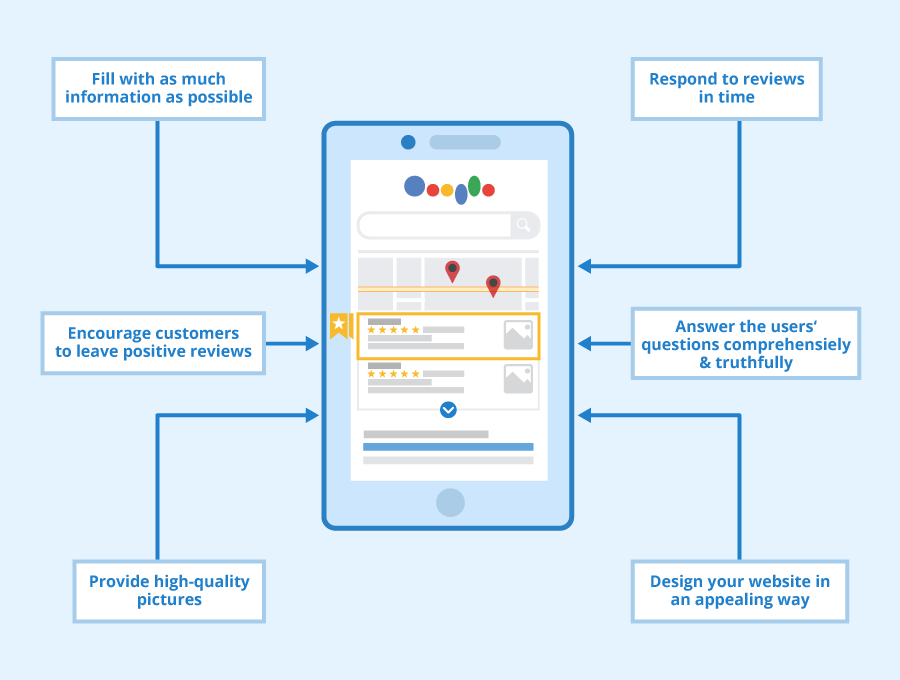In today’s digital age, businesses are increasingly relying on online advertising to drive revenue growth. However, many companies with brick-and-mortar locations are missing out on a significant portion of their revenue potential by neglecting offline advertising channels. By unlocking the offline potential and integrating it with online strategies, businesses can significantly boost their revenue through targeted campaigns that reach consumers both in-person and online.
One of the most effective ways to accomplish this is through Google Ads. With its powerful targeting capabilities and extensive reach, Google Ads offers businesses a valuable tool for reaching customers across all channels. In this article, we will explore how businesses can unlock their offline potential by leveraging Google Ads to increase foot traffic, drive sales, and ultimately boost revenue growth.
Boosting Revenue with Google Ads
Let’s dive into the details.
Understanding the Power of Google Ads
Google Ads is a robust advertising platform that allows businesses to reach their target audience effectively. It provides various advertising options, including search ads, display ads, video ads, and more. By using Google Ads, you can tap into the massive user base of Google and ensure your brand’s visibility across relevant search queries.
Setting Up Conversion Tracking
To optimize your advertising efforts for offline sales, it’s crucial to set up proper conversion tracking. This involves tracking conversions that occur outside the online realm, such as phone calls, in-store visits, or appointments. By accurately measuring offline conversions, you can gauge the effectiveness of your Google Ads campaigns and make data-driven decisions.
Implementing Call Tracking
Phone calls are often an essential channel for driving offline sales. By implementing call tracking, you can attribute phone call conversions to specific Google Ads campaigns or keywords. This data will help you identify the most effective campaigns, optimize your ad spend, and drive more revenue through offline channels.
Leveraging Location Extensions
Location extensions are a powerful tool for businesses with physical stores or multiple branches. By enabling location extensions in your Google Ads campaigns, you can showcase your business address, phone number, and directions directly within the ad. This feature makes it easier for potential customers to find your store and encourages them to make offline purchases.
Utilizing Remarketing Lists for Search Ads (RLSA)
Remarketing lists for search ads allow you to target users who have previously interacted with your website or brand. By using RLSA, you can create tailored ads and bid strategies for these high-intent users. By segmenting your audience based on their online behavior and combining it with offline purchase data, you can drive more offline sales from customers who are already familiar with your brand.
Testing Offline Conversion Import
Google Ads offers a feature called offline conversion import, which enables you to import offline conversion data into your Google Ads account. By connecting your offline sales data with your online campaigns, you gain insights into the true impact of your advertising efforts. This information can be used to optimize bidding strategies, refine targeting, and improve overall campaign performance.
Collaborating with Google My Business
Google My Business is a powerful tool for local businesses, allowing you to manage your online presence across Google Search and Maps. By ensuring your business information is accurate and up to date, responding to customer reviews, and posting relevant updates, you can enhance your visibility and credibility. This, in turn, drives more foot traffic and offline sales.

Analyzing Cross-Device Conversions
Customers today use multiple devices during their purchase journey. Google Ads provides cross-device conversion tracking, which allows you to measure conversions that start on one device and end on another. By understanding how your customers switch between devices before making an offline purchase, you can optimize your ads accordingly and drive more offline revenue.
Optimizing Landing Pages for Offline Conversion
Your landing pages play a crucial role in driving offline sales. Make sure your landing pages are designed to capture leads, provide relevant information, and encourage users to take the desired offline action. By optimizing your landing pages for offline conversion, you can ensure a seamless transition from online engagement to offline sales.
Continuously Monitoring and Refining Your Strategies
The key to maximizing revenue and optimizing for offline sales with Google Ads is ongoing monitoring and refinement. Regularly analyze the performance of your campaigns, track key metrics, and identify areas for improvement. Use A/B testing to experiment with different ad formats, copy variations, and targeting options to find what resonates best with your target audience. Stay up to date with industry trends and Google Ads updates to leverage new features and opportunities.
BImplementing Store Visits Tracking
For businesses with physical stores, store visits tracking is a valuable feature provided by Google Ads. By using location data and anonymized user information, Google estimates the number of people who clicked on your ad and later visited your store. This insight allows you to measure the offline impact of your online advertising efforts and make informed decisions about campaign optimization.
Developing Localized Campaigns
If your business operates in multiple locations, creating localized Google Ads campaigns can significantly boost your offline sales. Tailor your ad copy and landing pages to each specific location, emphasizing local offers, events, or promotions. By connecting with your target audience on a local level, you can foster a sense of community and drive more foot traffic to your offline stores.
Use Smart Bidding Strategies
Google Ads offers various smart bidding strategies that leverage machine learning to optimize your campaigns automatically. Experiment with strategies like Target ROAS (Return on Ad Spend) or Target CPA (Cost per Acquisition) to maximize revenue and offline conversions. Smart bidding takes into account multiple factors, such as user intent, device, location, and time of day, to deliver ads to the right audience at the right time.
Incorporating Local Inventory Ads
For businesses with physical inventory, local inventory ads are a powerful tool to drive offline sales. These ads showcase your products, availability, and store information to nearby shoppers actively looking for what you offer. By providing real-time inventory updates, you can attract customers who prefer to make purchases in person and capitalize on their immediate buying intent.
Tracking Offline Engagement
Beyond tracking offline sales, it’s important to measure and optimize offline engagement as well. This includes metrics like in-store customer interactions, post-purchase surveys, or loyalty program sign-ups. By tracking these offline engagement metrics, you gain insights into customer satisfaction and loyalty, enabling you to refine your marketing strategies and drive repeat business.
Conclusion
In conclusion, Google Ads is a powerful tool that can help businesses unlock their offline potential and boost revenue. By using location-based targeting, remarketing campaigns, and other features, businesses can reach the right audiences at the right time. It’s important to continually analyze and optimize campaigns for maximum effectiveness. With a little bit of effort and attention, businesses can see significant growth in their offline sales through online advertising. Don’t miss out on this opportunity to expand your business – start leveraging the power of Google Ads today!



